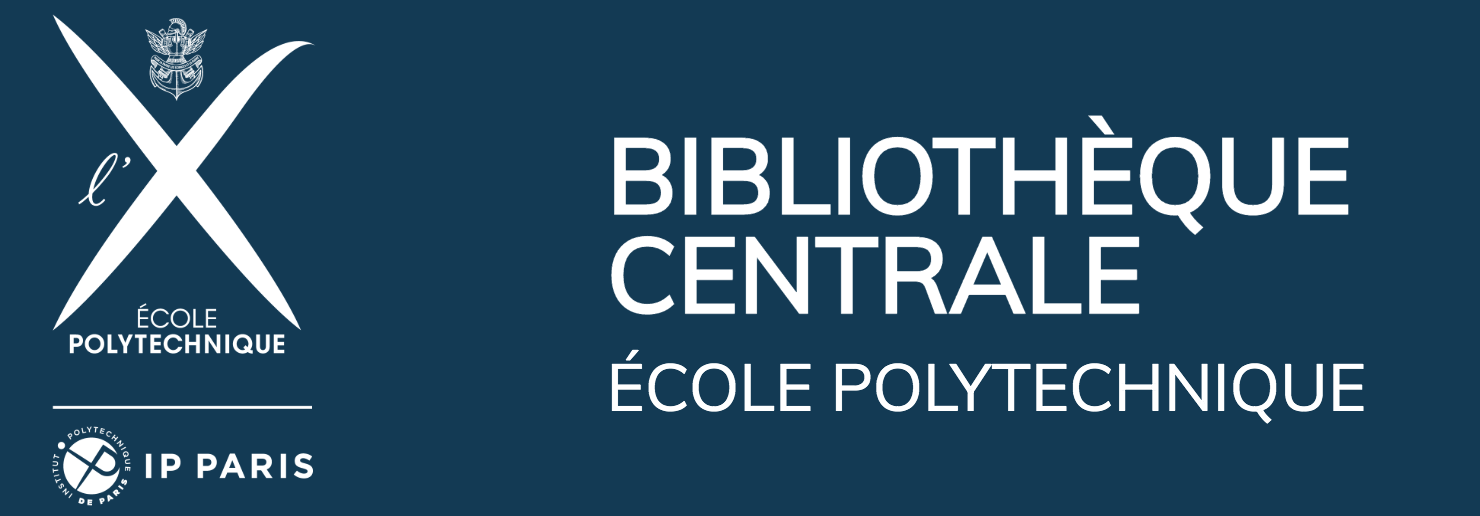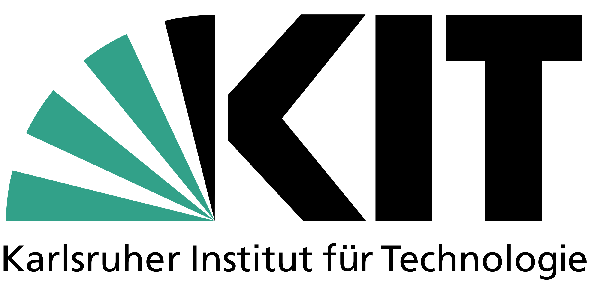Ecological and digital transition. Systemic Design in SMEs open innovation processes
DOI:
https://doi.org/10.19229/2464-9309/13232023Keywords:
ecological transition, digital transition, circular economy, systemic design, open innovationAbstract
A systemic and collaborative approach is required to facilitate European Small and Medium-sized Enterprises’ ecological and digital transition, able to frame issues within the complexity of the relationships and interconnections that characterise them. In light of this, the paper aims to investigate how the approach and methods of Systemic Design support an ‘open innovation’ process in industrial and interdisciplinary environments. The DigiCirc European project represents the reference case study, offering a space to test the challenges found in the literature with data collected in the field, emphasising the contribution made by the researchers in Systemic Design of the Politecnico di Torino, both as project partners in the ‘open innovation’ process and through activities supporting the start-ups and SMEs involved. The article is mainly geared toward scholars and design practitioners concerned with ‘open innovation’, and ecological and digital transition within socio-technical systems and in industrial and interdisciplinary environments.
Article info
Received: 20/03/2023; Revised: 29/04/2023; Accepted: 08/05/2023
Downloads
Article Metrics Graph
References
Amit, R. and Han, X. (2017), “Value creation through novel resource configurations in a digitally enabled world”, in Strategic Entrepreneurship Journal, vol. 11, issue 3, pp. 228-242. [Online] Available at: doi.org/10.1002/sej.1256 [Accessed 13 March 2023].
Annarelli, A., Battistella, C., Nonino, F., Parida, V. and Pessot, E. (2021), “Literature review on digitalization capabilities – Co-citation analysis of antecedents, conceptualization and consequences”, in Technological Forecasting and Social Change, vol. 166, article 120635, pp. 1-22. [Online] Available at: doi.org/10.1016/j.techfore.2021.120635 [Accessed 13 March 2023].
Antikainen, M., Uusitalo, T. and Kivikytö-Reponen, P. (2018), “Digitalisation as an enabler of circular economy”, in Procedia CIRP, vol. 73, pp. 45-49. [Online] Available at: doi.org/10.1016/j.procir.2018.04.027 [Accessed 13 March 2023].
Bistagnino, L. (2009), Systemic Design – Designing the productive and environmental sustainability, Slow Food Editore, Cuneo, Bra.
Chesbrough, H. W. (2006), Open business models – How to thrive in the new innovation landscape, Harvard Business Review Press, Boston.
Chesbrough, H. W. (2003), Open innovation – The new imperative for creating and profiting from technology, Harvard Business Review Press, Boston.
Ellen MacArthur Foundation (2015), Growth within – A circular economy vision for a competitive Europe. [Online] Available at: unfccc.int/sites/default/files/resource/Circular%20economy%203.pdf [Accessed 13 March 2023].
European Commission (2020), Communication from the Commission to the European Parliament, the European Council, the Council, the European Economic and Social Committee and the Committee of the Regions – A new Circular Economy Action Plan for a cleaner and more competitive Europe, document 52020DC0098, 98 final. [Online] Available at: eur-lex.europa.eu/legal-content/EN/TXT/?qid=1583933814386&uri=COM:2020:98:FIN [Accessed 13 March 2023].
European Commission (2019), Communication from the Commission to the European Parliament, the European Council, the Council, the European Economic and Social Committee and the Committee of the Regions – The European Green Deal, document 52019DC0640, 640 final. [Online] Available at: eur-lex.europa.eu/legal-content/EN/TXT/?uri=COM%3A2019%3A640%3AFIN [Accessed 13 March 2023].
Eisenreich, A., Füller, J. and Stuchtey, M. (2021), “Open circular innovation – How companies can develop circular innovations in collaboration with stakeholders”, in Sustainability, vol. 13, issue 23, article 13456, pp. 1-23. [Online] Available at: doi.org/10.3390/su132313456 [Accessed 13 March 2023].
Gassmann, O. and Enkel, E. (2004), “Towards a theory of open innovation – Three core process archetypes”, in R&D Management Conference (RADMA), Lissabon, pp. 1-18. [Online] Available at: alexandria.unisg.ch/274/ [Accessed 13 March 2023].
Giannopoulou, E., Barlatier, P. J. and Pénin, J. (2019), “Same but different? Research and technology organizations, universities and the innovation activities of firms”, in Research Policy, vol. 48, issue 1, pp. 223-233. [Online] Available at: doi.org/10.1016/j.respol.2018.08.008 [Accessed 13 March 2023].
Giraldo Nohra, C., Pereno, A. and Barbero, S. (2020), “Systemic design for policy-making – Towards the next circular regions”, in Sustainability, vol. 12, issue 11, article 4494, pp. 1-22. [Online] Available at: doi.org/10.3390/su12114494 [Accessed 13 March 2023].
Hesse-Biber, S. N. and Johnson, R. B. (eds), The Oxford Handbook of Multimethod and Mixed Methods Research Inquiry, Oxford University Press, Oxford. [Online] Available at: doi.org/10.1093/oxfordhb/9780199933624.001.0001 [Accessed 13 March 2023].
Jones, P. H. (2014), “Systemic design principles for complex social systems”, in Metcalf, G. (ed.), Social systems and design, Springer, Tokyo, pp. 91-128. [Online] Available at: link.springer.com/chapter/10.1007/978-4-431-54478-4_4 [Accessed 13 March 2023].
Keupp, M. M. and Gassmann, O. (2009), “Determinants and archetype users of open innovation”, in R&D Management, vol. 39, issue 4, pp. 331-341. [Online] Available at: doi.org/10.1111/j.1467-9310.2009.00563.x [Accessed 13 March 2023].
Kobarg, S., Stumpf-Wollersheim, J. and Welpe, I. M. (2019), “More is not always better – Effects of collaboration breadth and depth on radical and incremental innovation performance at the project level”, in Research Policy, vol. 48, issue 1, pp. 1-10. [Online] Available at: doi.org/10.1016/j.respol.2018.07.014 [Accessed 13 March 2023].
Obradović, T., Vlačić, B. and Dabić, M. (2021), “Open innovation in the manufacturing industry – A review and research agenda”, in Technovation, vol. 102, article 102221, pp. 1-16. [Online] Available at: doi.org/10.1016/j.technovation.2021.102221 [Accessed 13 March 2023].
Pagoropoulos, A., Pigosso, D. C. A., McAloone, T. C. (2017), “The emergent role of digital technologies in the circular economy – A review”, in Procedia CIRP, vol. 64, pp. 19-24. [Online] Available at: doi.org/10.1016/j.procir.2017.02.047 [Accessed 13 March 2023].
Pereno, A. and Barbero, S. (2020), “Systemic design for territorial enhancement – An overview on design tools supporting sociotechnical system innovation”, in Strategic Design Research Journal, vol. 13, issue 2, pp. 113-136. [Online] Available at: revistas.unisinos.br/index.php/sdrj/article/view/sdrj.2020.132.02 [Accessed 13 March 2023].
Rachinger, M., Rauter, R., Müller, C., Vorraber, W. and Schirgi, E. (2018), “Digitalization and its influence on business model innovation”, in Journal of Manufacturing Technology Management, vol. 30, issue 8, pp. 1143-1160. [Online] Available at: doi.org/10.1108/JMTM-01-2018-0020 [Accessed 13 March 2023].
Ranta, V., Aarikka-Stenroos, L. and Väisänen, J. M. (2021), “Digital technologies catalyzing business model innovation for circular economy – Multiple case study”, in Resources, Conservation and Recycling, vol. 164, article 105155, pp. 1-11. [Online] Available at: doi.org/10.1016/j.resconrec.2020.105155 [Accessed 13 March 2023].
Reis, J., Amorim, M. and Melão, N. (2019), “Multichannel service failure and recovery in a O2O era – A qualitative multi-method research in the banking services industry”, in International Journal of Production Economics, vol. 215, pp. 24-33. [Online] Available at: doi.org/10.1016/j.ijpe.2018.07.001 [Accessed 13 March 2023].
Thackara, J. (2006), In the bubble – Designing in a complex world, MIT Press, Cambridge.
Trevisan, A. H., Lobo, A., Guzzo, D., de Vasconcelos Gomes, L. A. and Mascarenhas, J. (2023), “Barriers to employing digital technologies for a circular economy – A multi-level perspective”, in Journal of Environmental Management, vol. 332, article 117437, pp. 1-13. [Online] Available at: doi.org/10.1016/j.jenvman.2023.117437 [Accessed 13 March 2023].
Vahter, P., Love, J. H. and Roper, S. (2014), “Openness and innovation performance – Are small firms different?”, in Industry and Innovation, vol. 21, issues 7-8, pp. 553-573. [Online] Available at: doi.org/10.1080/13662716.2015.1012825 [Accessed 13 March 2023].
Wu, L., Sun, L., Chang, Q., Zhang, D. and Qi, P. (2022), “How do digitalization capabilities enable open innovation in manufacturing enterprises? A multiple case study based on resource integration perspective”, in Technological Forecasting and Social Change, vol. 184, article 122019, pp. 1-17. [Online] Available at: doi.org/10.1016/j.techfore.2022.122019 [Accessed 13 March 2023].
Zhang, C., Chen, Y., Chen, H. and Chong, D. (2021), “Industry 4.0 and its implementation – A review”, in Information Systems Frontiers | A Journal of Research and Innovation, pp. 1-11. [Online] Available at: doi.org/10.1007/s10796-021-10153-5 [Accessed 13 March 2023].

Downloads
Published
How to Cite
Issue
Section
Categories
License
Copyright (c) 2023 Silvia Barbero, Eliana Ferrulli

This work is licensed under a Creative Commons Attribution 4.0 International License.
This Journal is published under Creative Commons Attribution Licence 4.0 (CC-BY).
License scheme | Legal code
This License allows anyone to:
Share: copy and redistribute the material in any medium or format.
Adapt: remix, transform, and build upon the material for any purpose, even commercially.
Under the following terms
Attribution: Users must give appropriate credit, provide a link to the license, and indicate if changes were made; users may do so in any reasonable manner, but not in any way that suggests the licensor endorses them or their use.
No additional restrictions: Users may not apply legal terms or technological measures that legally restrict others from doing anything the license permits.
Notices
Users do not have to comply with the license for elements of the material in the public domain or where your use is permitted by an applicable exception or limitation.
No warranties are given. The license may not give users all of the permissions necessary for their intended use. For example, other rights such as publicity, privacy, or moral rights may limit how you use the material.


















































































